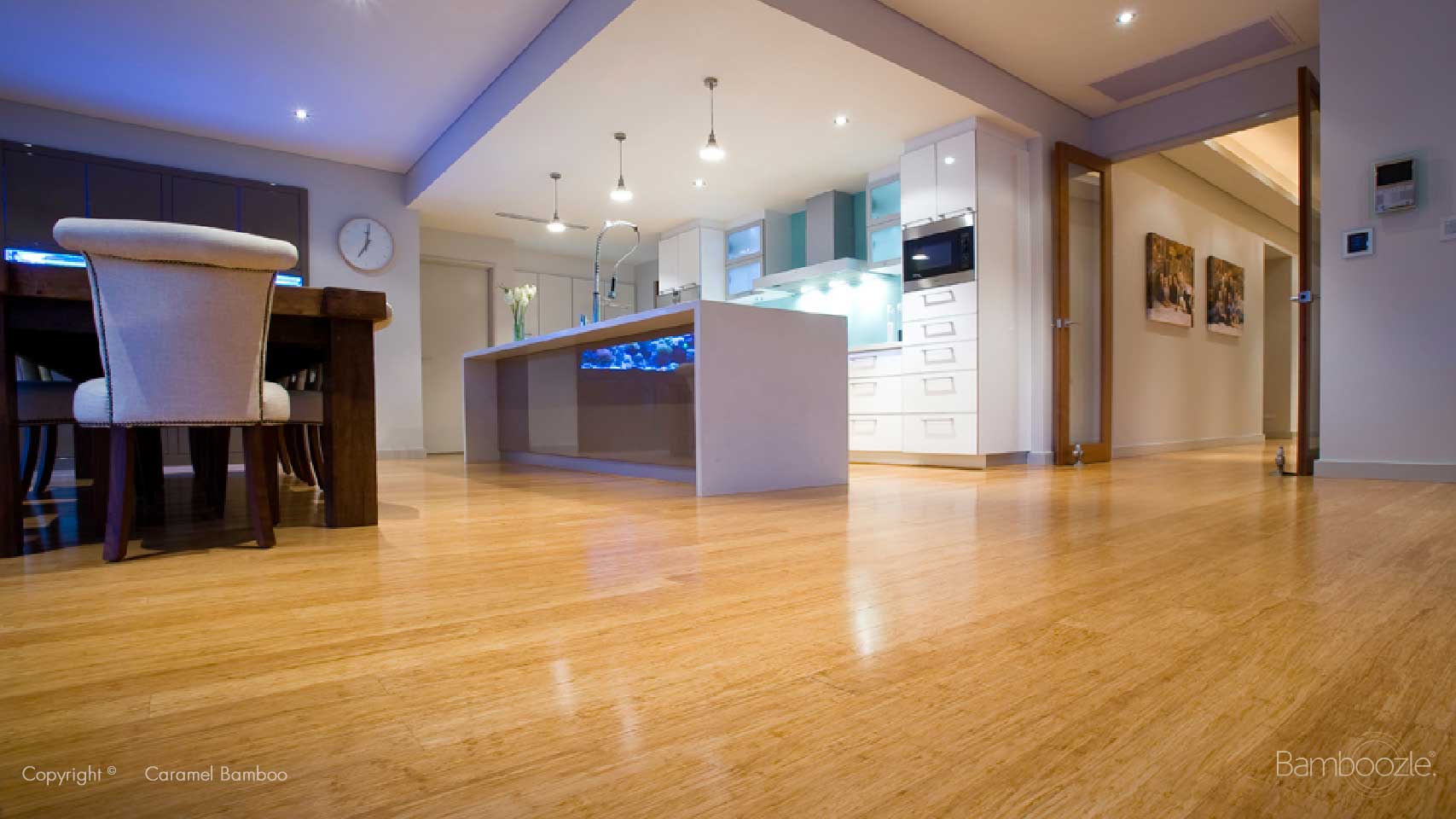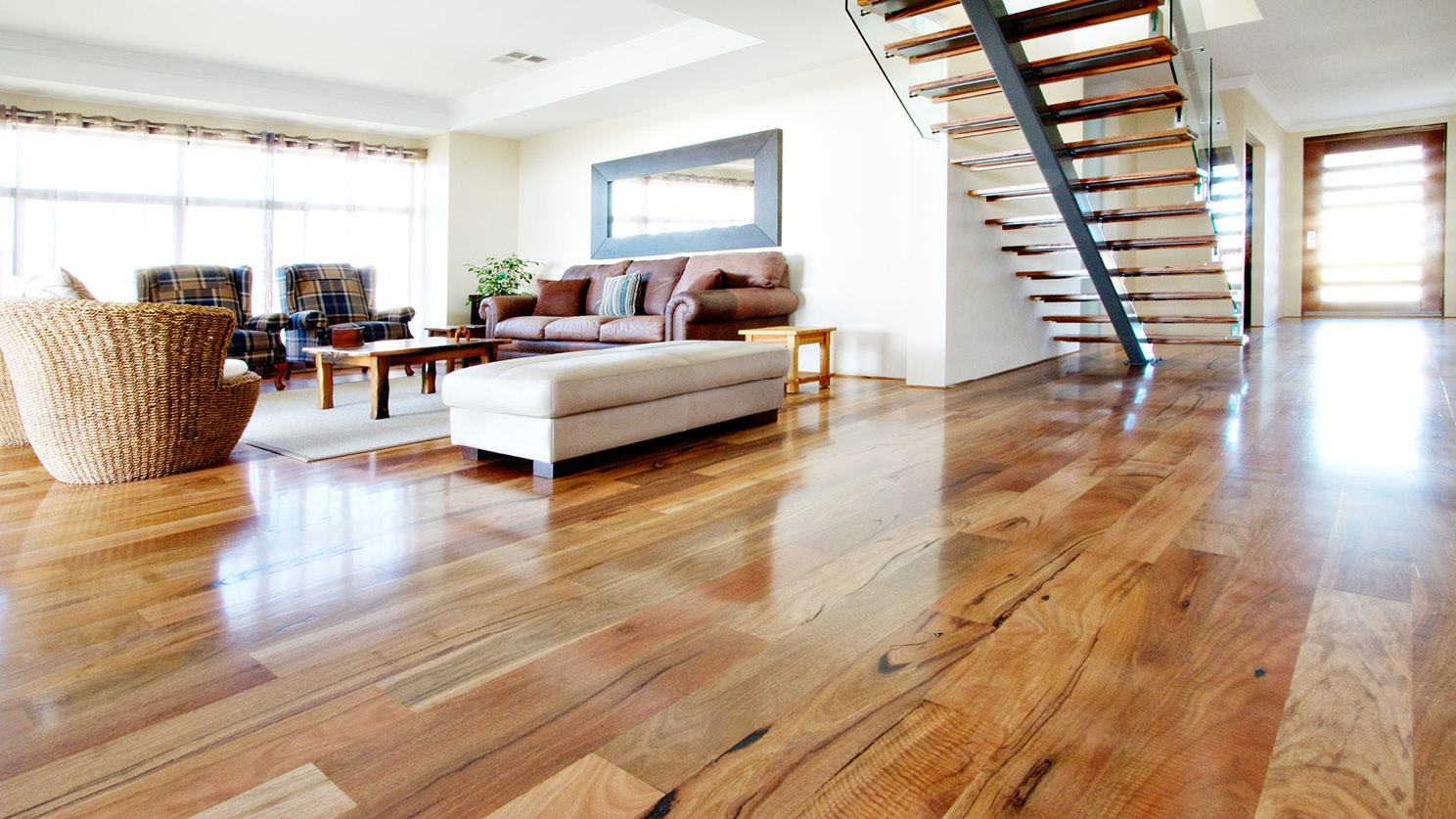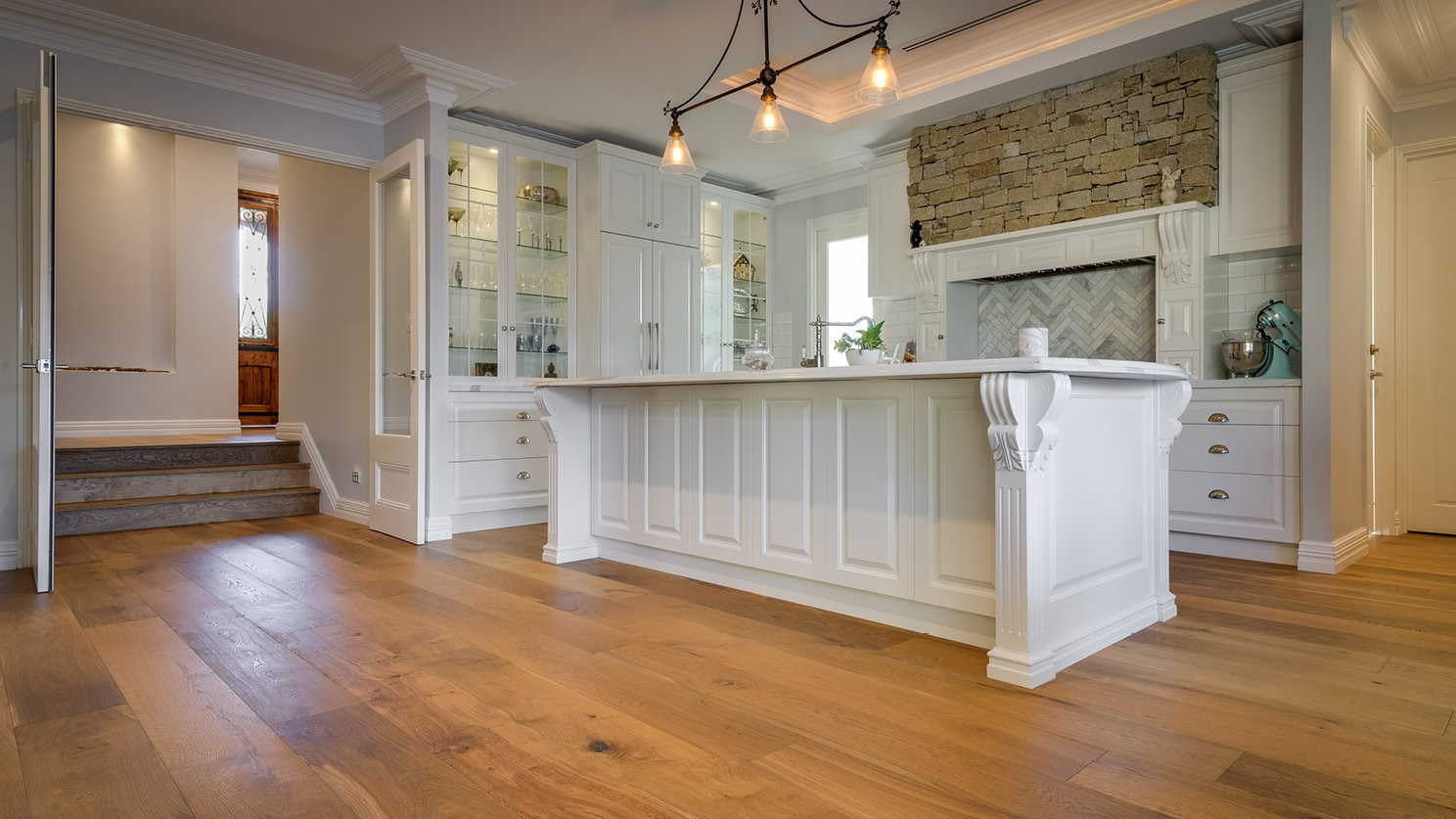Bamboo Flooring Problems – Top 5 common bamboo flooring problems
Flooring is an investment. Chosen carefully, a properly and professionally laid timber or bamboo floor should enhance both the presentation of your home and its value.
Ensure you choose a flooring supplier with a successful pedigree, selects and uses material that is sustainable, guarantees their floor and operates ethically, professionally and honestly.
Bamboozle patented technology and handcrafted floorboards help avoid common bamboo flooring problems.
1. Bamboo flooring problems #1: bamboo is prone to moisture, cupping and swelling.
Exposed to moisture for an extended period of time, bamboo flooring products can absorb moisture and weaken. Because bamboo is grass, the grain runs the length of the board. Inferior or inappropriate bamboo selection, the use of bamboo that is either harvested too young or not properly dried can be prone to changes in temperature and humidity. This can lead to cupping, warping and swelling of the material.
However, Bamboozle bamboo is hand-selected and kiln-dried to strict specifications. Comprising three layers, Bamboozle bamboo flooring is stabilised. The top layer is selected for its visual consistency, so it is without blemishes. The middle layer while from the same plant is less visually satisfying but equally hard. Manufactured to strict specifications, the bottom layer is the least visually presentable. Each layer is glued under pressure with an eco-friendly adhesive. This patented process delivers enormous strength and stability. The top, bottom and sides are sealed with multiple layers of polyurethane. The result is that Bamboozle flooring will not cup (curl), warp, bend or swell. This makes Bamboozle bamboo ideal for kitchens. Typically, waters spills will simply pool on the surface. Wet floors should be dried and water pools mopped up. Little-known fact: Bamboozle flooring is more resistant to moisture than most engineered timber floors.
2. Bamboo flooring problems #2: bamboo can be easily dented and scratched.
Dents and scratches generally only occur if the bamboo product is soft [especially if it may have been harvested too early or compressed incorrectly]. Horizontal and vertical grain bamboo floors are typically half the density of compressed style bamboo flooring
Bamboozle bamboo flooring is properly cured (kiln-dried) to strict specifications, so it is hard-wearing and impact-resistant. Scratches tend to occur only in the surface polish as a result of grit caught in the treads of boots or shoes, or loose sand and dirt.
Prevent scratches by removing stones and grit from shoe treads and taking off high heel shoes that have sharp points. Regularly moved furniture should be fitted with base-pads of felt. Non-felted furniture should be either carried or placed on a thick rug to move. Little-known hint: Keep rugs or mats near the home entrance and place a mat at the sink.
3. Bamboo flooring problems #3: bamboo is not green: an eco-friendly ‘problem.’
This is a misconception. Bamboo is a grass – not a tree. Unlike trees, bamboo is a renewable resource. Bamboo plants may regularly be harvested without killing the plant.
Pandas neither inhabit nor eat the bamboo species designated for flooring.
While some manufacturers harvest soft bamboo that is too young, not dried properly and use cheap, toxic glues, Bamboozle adheres to strict safety protocols throughout their patented manufacturing process. All Bamboozle bamboo floors are made with very low emission adhesives that are neither harmful to the environment or your health.

BAMBOOZLE IS NOW PART OF LIFEWOOD FLOORING
4. Bamboo flooring problems #4: bamboo fades over time and changes colour
While timber floors often darken over time, bamboo floor colours may become lighter if exposed to strong, prolonged, direct sunlight. If furniture is rarely moved, this can contribute to areas that may contrast with the fading. To prevent this, move furniture and rugs around every now and then so natural fading occurs evenly. If possible, invest in block out shades or curtains.
No special maintenance is required for bamboo floors. To keep the natural warmth, never apply cleaning chemicals directly onto the floor. Some generic cleaners can strip the away the bamboo floor colours gloss level of the coating. Always follow the floor cleaner manufacturer’s recommendations. Little-known hint: Keep shades drawn in summer to ensure your floors look great for longer.
5. Bamboo flooring problems #5: bamboo floors can’t be sanded or re-finished
Not true. Bamboo floors glued to the subfloor can be sanded and refinished multiple times. Because bamboo varies in density, the number of times it can be sanded and refinished cannot be determined precisely. Soft bamboo floors will not stand regular re-sanding and re-finishing.
Floating flooring or those laid over a foam underlay may not be sanded and refinished satisfactorily.
Simply sanding bamboo floors glued to directly to a subfloor and reapplying the finishing coats will help with any discolouration or scratches that can develop over several years. The amount of sanding and refinishing is determined by the plank thickness and the traffic to which the floor is subjected. Some people like to recoat their floors with polish ever 5-7 years to refresh and renew the look of their floor. Little known fact: A complete resurface should not be necessary for about 15 years.



